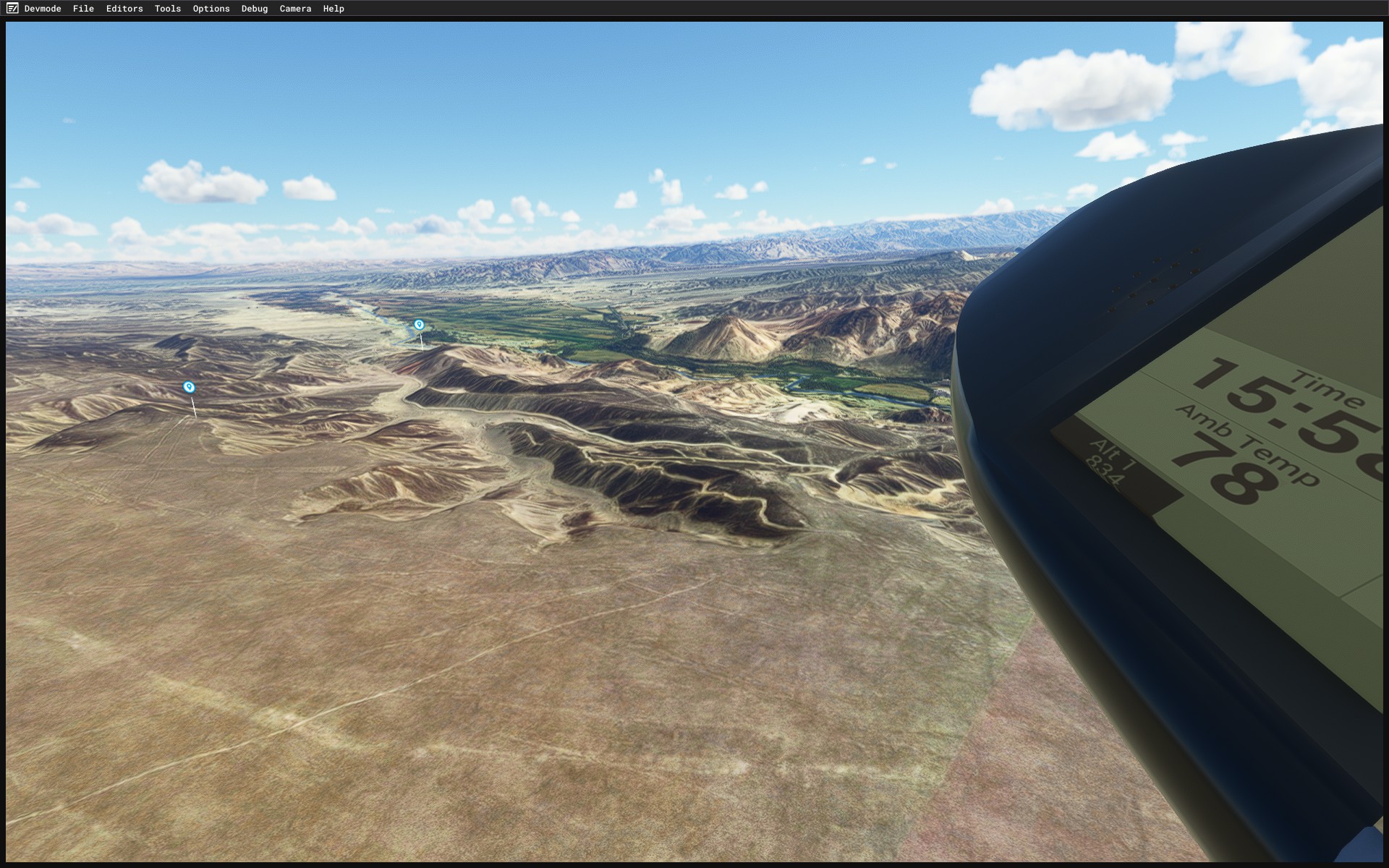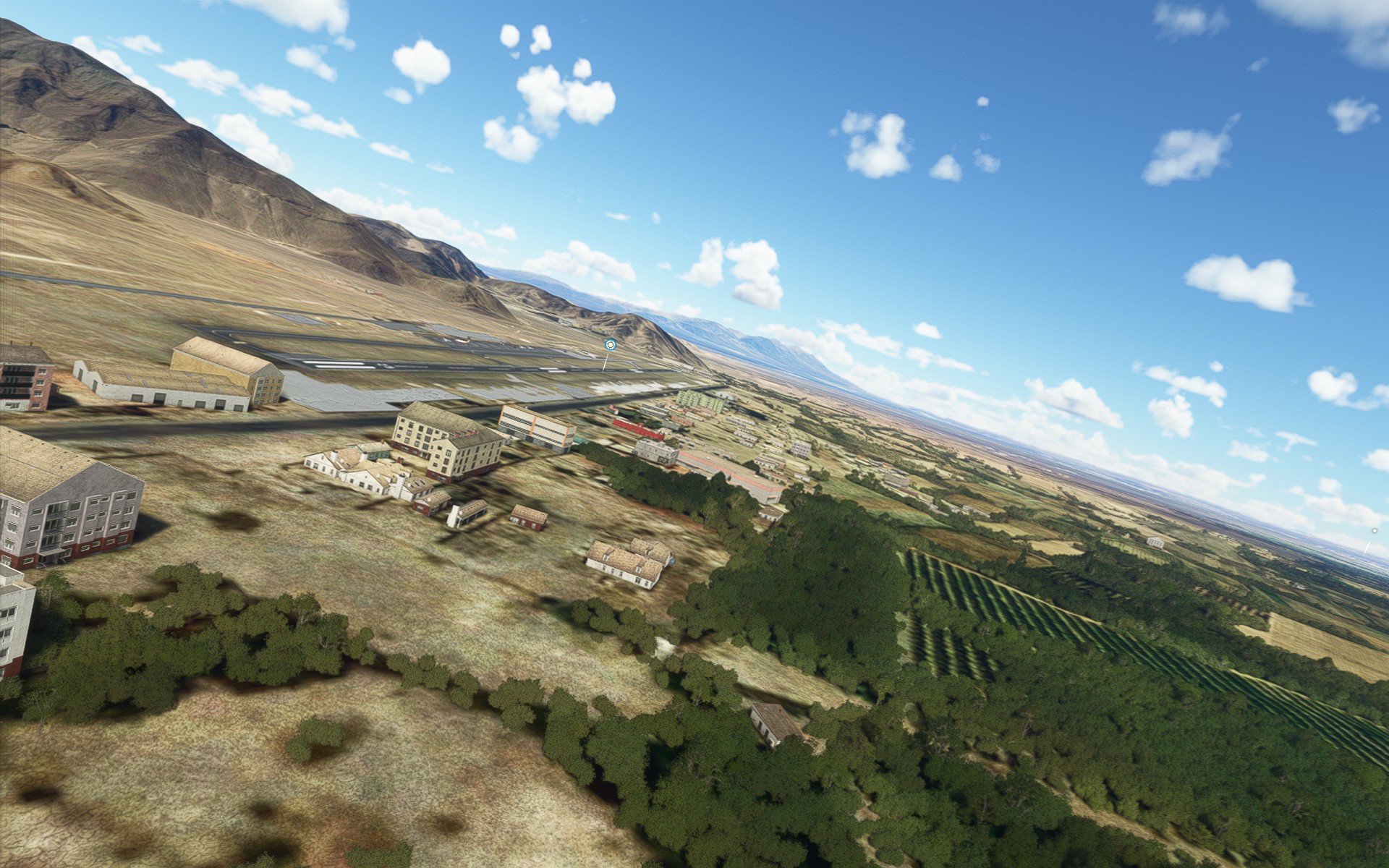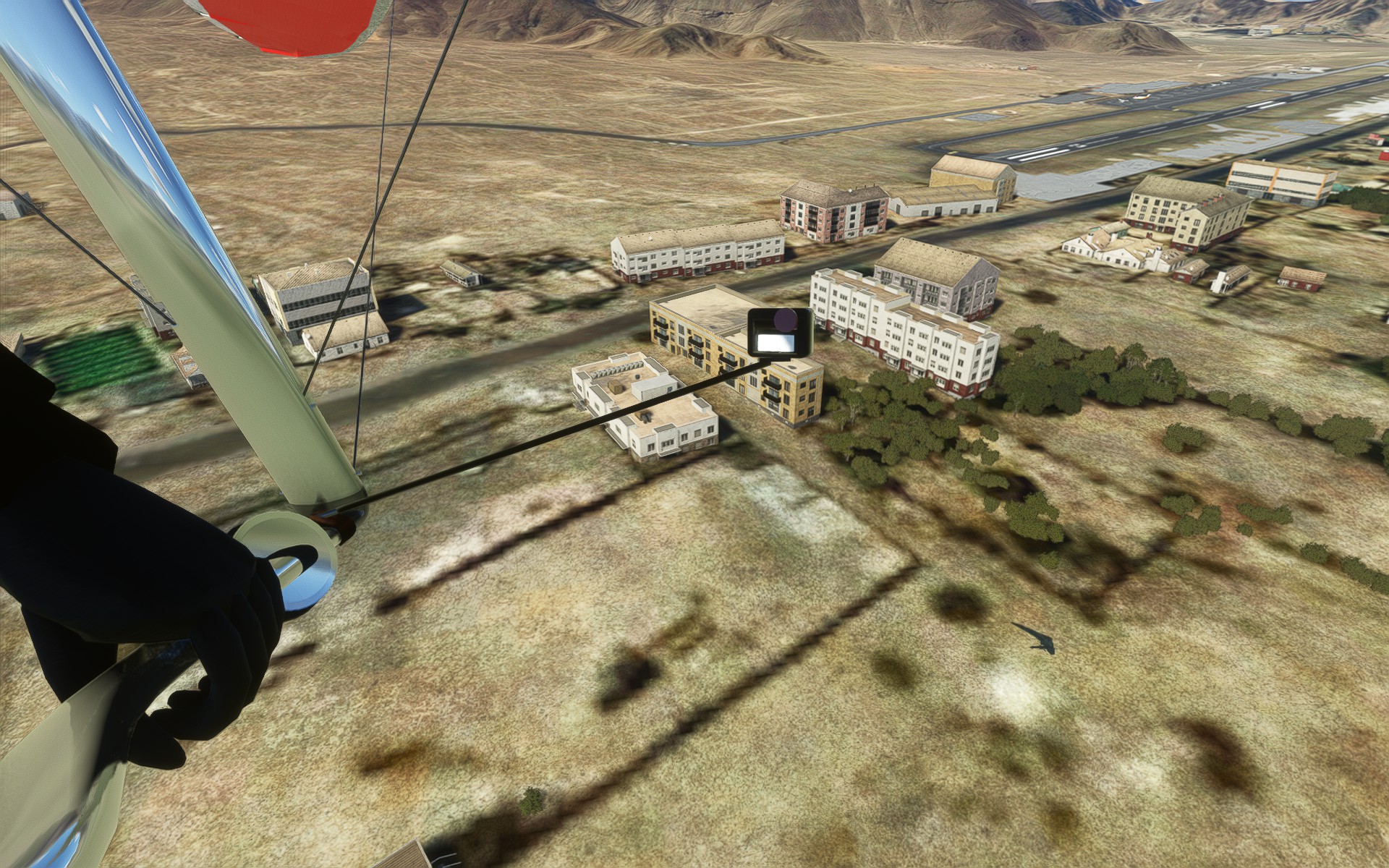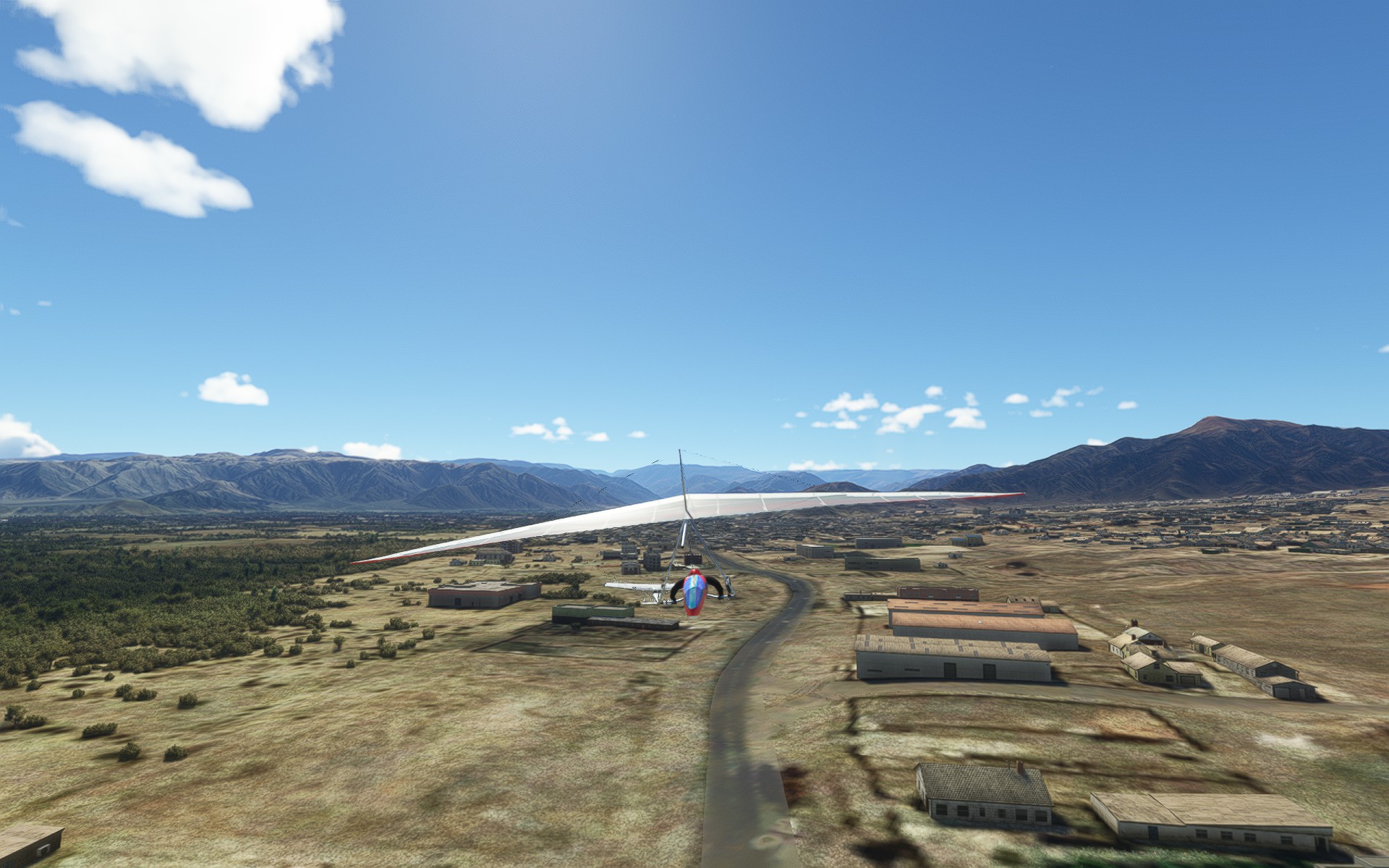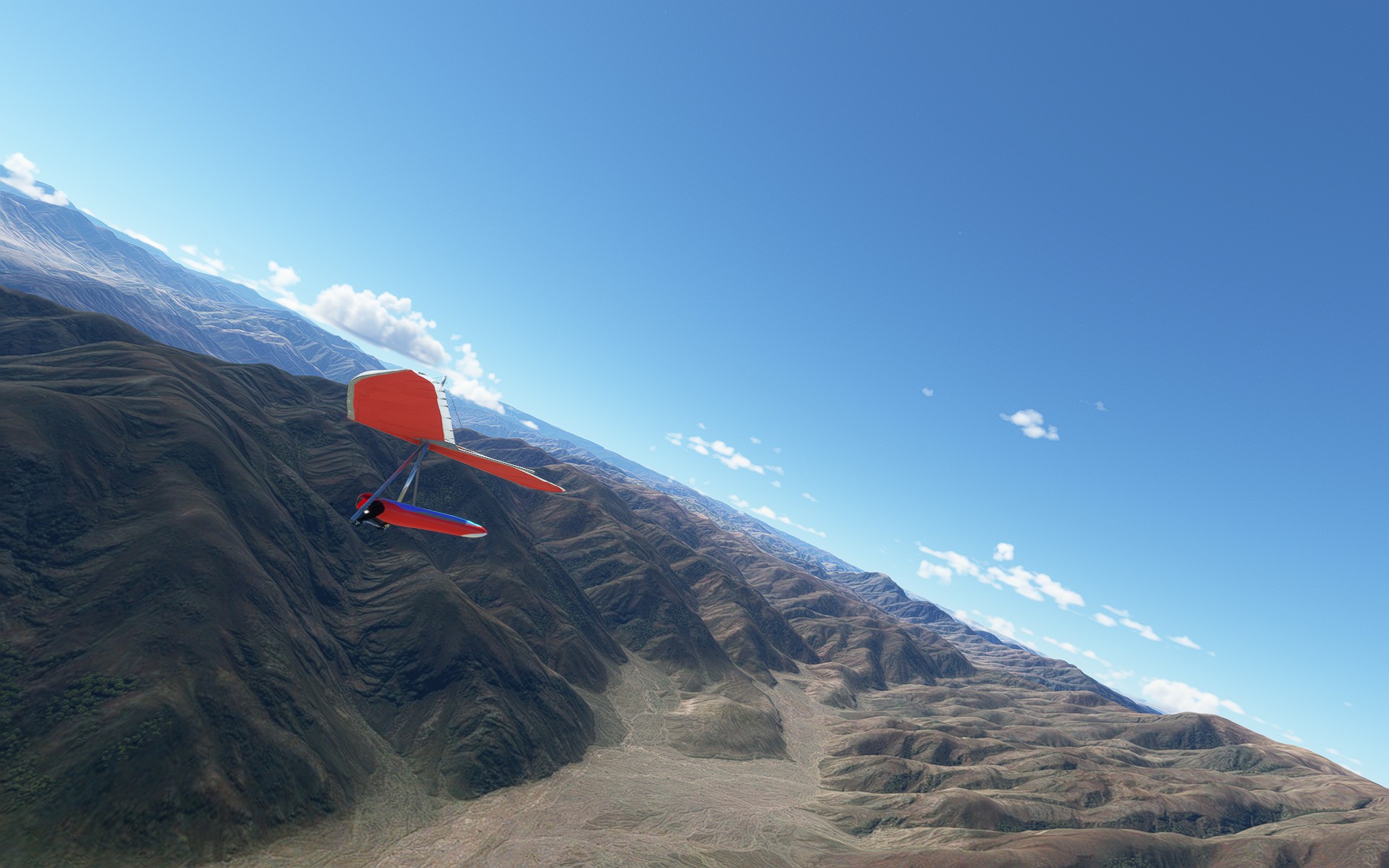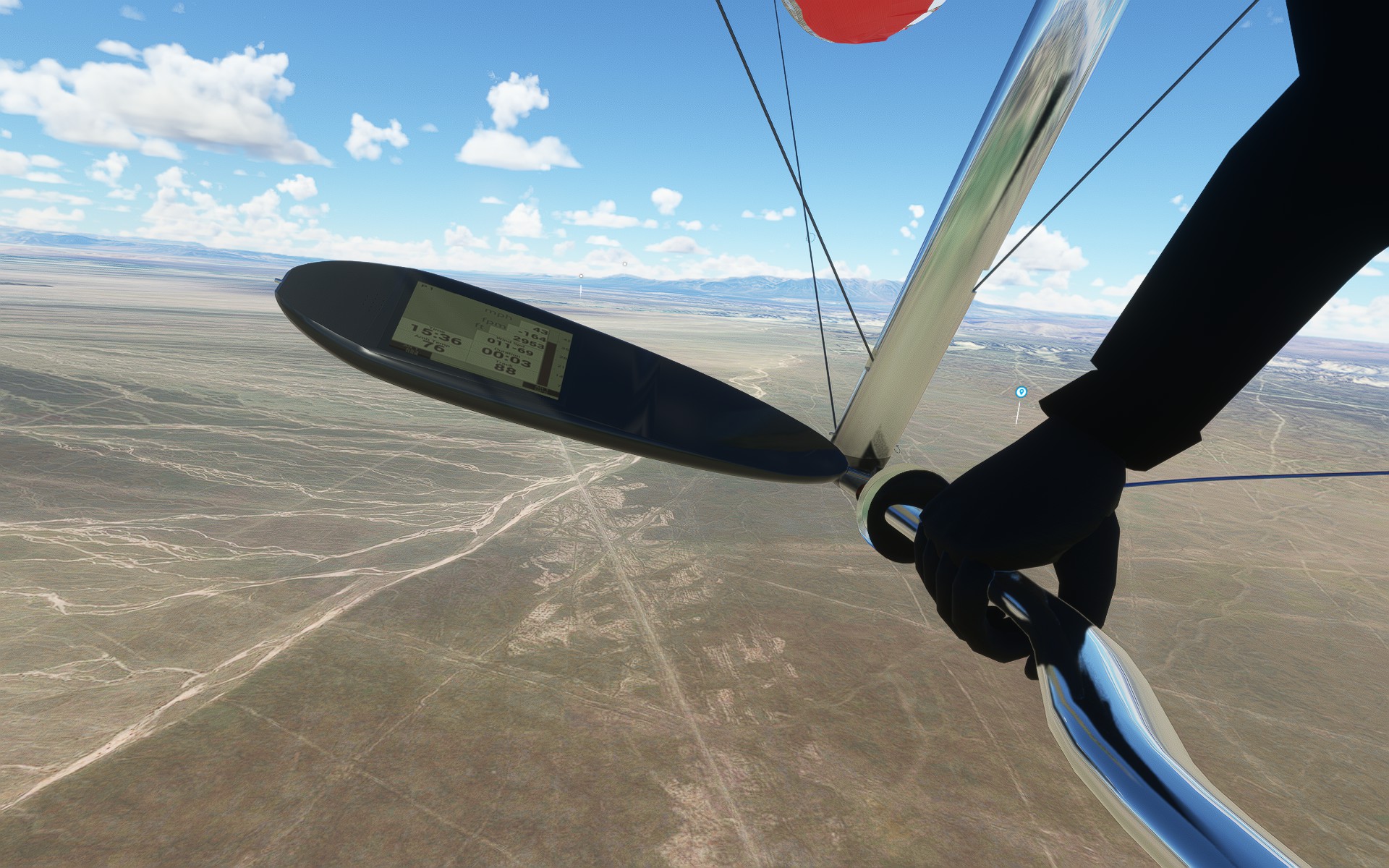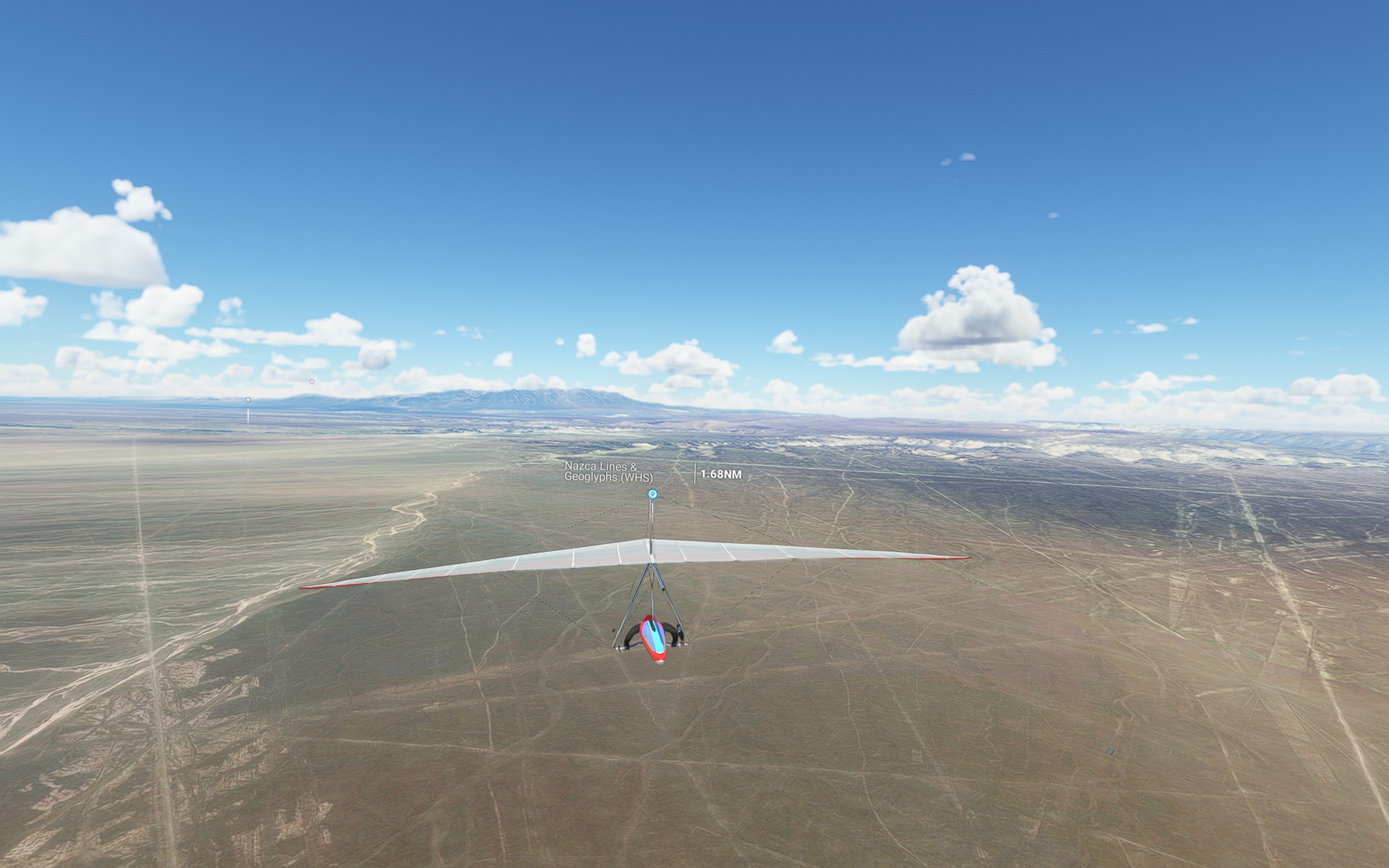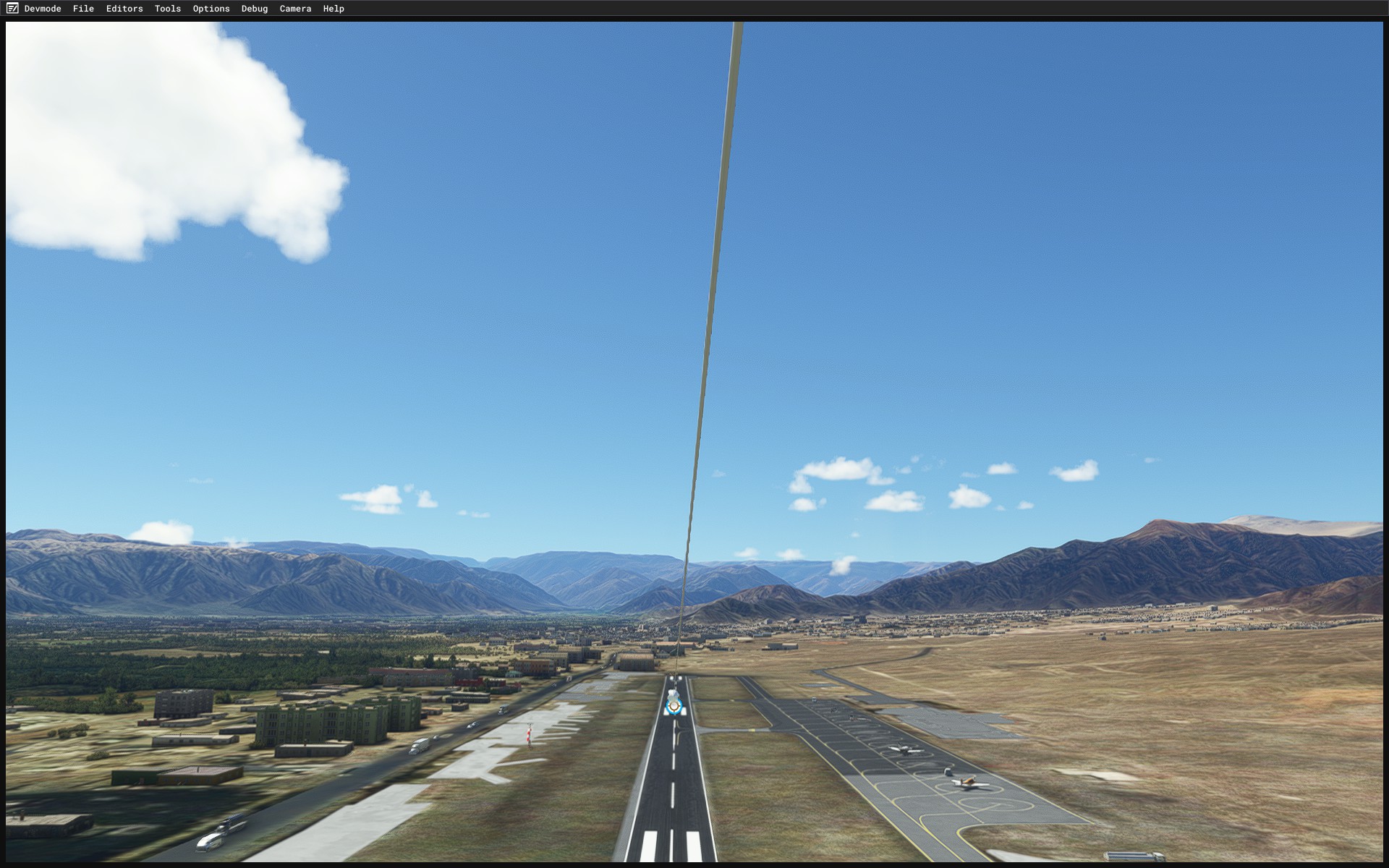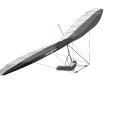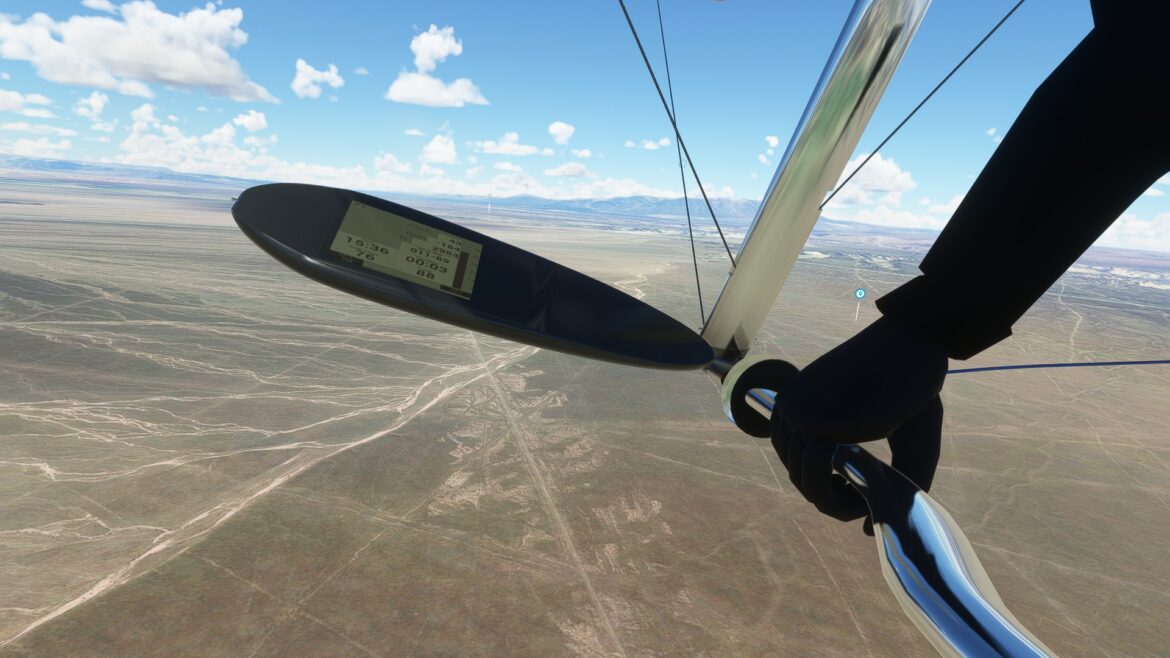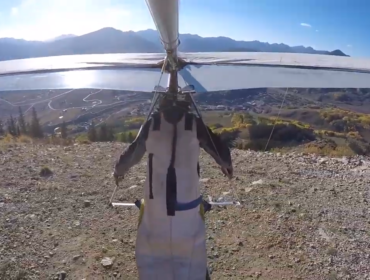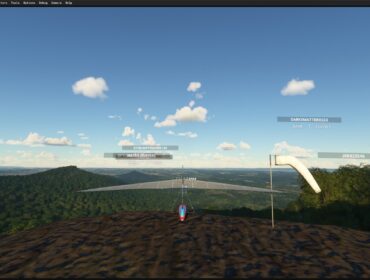Site Information
South-America – Peru – Nazca
The Nazca Lines are a collection of giant geoglyphs—designs or motifs etched into the ground—located in the Peruvian coastal plain about 250 miles (400 kilometers) south of Lima, Peru. They were created between 500 BCE and 500 CE by people making depressions or shallow incisions in the desert floor, removing pebbles and leaving differently colored dirt exposed1
The designs are stylized drawings of animals, plants, humans and geometric shapes. Some of the most famous ones include a hummingbird, a monkey, a spider and a condor. The lines cover an area of about 50 km2 (19 sq mi) and the largest ones are about 370 m (400 yd) long2
The Nazca Lines are listed by UNESCO as a World Heritage Site and are one of the most mysterious and fascinating attractions in Peru. They can only be fully appreciated from the air, as they are barely visible from the ground1
The best place to take off for a flight over the Nazca Lines is from the Maria Reiche Neuman Airport, located about 4 km (2.5 mi) north of the town of Nazca. There are several companies that offer flights over the lines, ranging from 30 to 90 minutes and costing from $80 to $200 per person. The flights usually operate from 7 am to 4 pm, depending on the weather conditions3
The launch and landing areas for hang gliding are located near the airport, on a flat area surrounded by hills. The coordinates for the launch area are: -14.854167, -74.952778. The coordinates for the landing area are: -14.857222, -74.950000.
Flying Conditions and Restrictions
The weather conditions in Nazca are generally warm and dry, with an average annual temperature of 22°C (72°F) and an average annual rainfall of 4 mm (0.2 in). The hottest months are December to March, with temperatures reaching up to 30°C (86°F), and the coolest months are June to August, with temperatures dropping to 15°C (59°F)1
The wind conditions are usually light and variable, with an average speed of 10 km/h (6 mph) and a predominant direction of southwest. The wind can be stronger and more gusty in the afternoon, especially during the summer months. The wind can also change direction depending on the local topography and thermal activity.
The flying conditions are generally good throughout the year, with clear skies and good visibility. The best time to fly is in the morning, when the air is calm and stable, and the sun is not too strong. The afternoon can be more challenging, with more turbulence and thermals, and the sun can create glare on the lines. The evening can be pleasant, with smooth air and beautiful colors2
The flying restrictions are mainly related to the preservation of the Nazca Lines and the safety of the pilots and passengers. The flights over the lines are regulated by the Ministry of Culture and the Civil Aviation Authority of Peru. The flights must follow a specific route and altitude, and avoid flying over certain areas that are considered sensitive or sacred. The flights must also respect the weather conditions and avoid flying in low visibility or strong winds.
The hang gliding flights are also subject to some restrictions, such as obtaining a permit from the local authorities, having a valid license and insurance, using appropriate equipment and safety measures, respecting the airspace rules and regulations, and following the instructions of the local guides and instructors. The hang gliding flights must also avoid interfering with the flights over the lines or disturbing the wildlife and vegetation of the area.
Best Times to Fly and Visit
The best time to fly over the Nazca Lines is from May to October, when the weather is dry and sunny, and the visibility is good. The flights are usually less crowded and cheaper during this period. The best time to fly is in the morning, between 7 am and 10 am, when the air is calm and stable, and the sun is not too strong1
The best time to visit Nazca and the surrounding area is also from May to October, when the temperature is pleasant and the humidity is low. There are many attractions to explore besides the Nazca Lines, such as the Chauchilla Cemetery, the Cahuachi Pyramids, the Cantalloc Aqueducts, and the Cerro Blanco sand dune. Nazca also offers adventure activities such as sandboarding, dune buggy rides, hiking, and biking1
The best time to hang glide in Nazca is from November to April, when the wind conditions are more favorable and the thermals are stronger. The hang gliding flights can last from 30 minutes to several hours, depending on the skill level and the weather conditions. The hang gliding flights can also offer a different perspective of the Nazca Lines, as well as a thrilling experience of flying like a bird.
There are no record flights at this site for hang gliding, as far as I could find. The longest hang gliding flight in the world was achieved by Jonny Durand in 2016, who flew 764 km (475 miles) from Zapata to Lorenzo in Texas. The longest hang gliding flight in South America was achieved by Thomas Weissenberger in 2016, who flew 501 km (311 miles) along a volcanic cliff in Chile2
More Information
If you want to learn more about the Nazca Lines and the hang gliding flights, you can visit the following websites or contact the following phone numbers:
- The Ministry of Culture of Peru: https://www.gob.pe/cultura
- The Civil Aviation Authority of Peru: https://www.mtc.gob.pe/transportes/aeronautica_civil/
- The UNESCO World Heritage Centre: https://whc.unesco.org/en/list/700
- The Nazca Flights website: https://www.nazcaflights.com/
- The Hang Gliding Peru website: https://www.hangglidingperu.com/
- The Nazca Tourism Office: +51 56 522 222
- The Maria Reiche Neuman Airport: +51 56 523 333
- The Hang Gliding Peru phone number: +51 999 999 999
Why is this a site guide?
This is a site guide for virtual hang gliding in MSFS 2020, a flight simulator game that allows you to fly over realistic landscapes and scenery. You can visit this site in a way you could never do before: from the air, in a completely open, 360-degree view of the glyphs below. You can experience the mystery and beauty of the Nazca Lines, as well as the thrill and freedom of hang gliding. You can also explore the other attractions and activities that Nazca has to offer, such as the ancient pyramids, the desert dunes, and the sandboarding. This is a site guide that will help you plan your virtual adventure and make the most of your flight.
